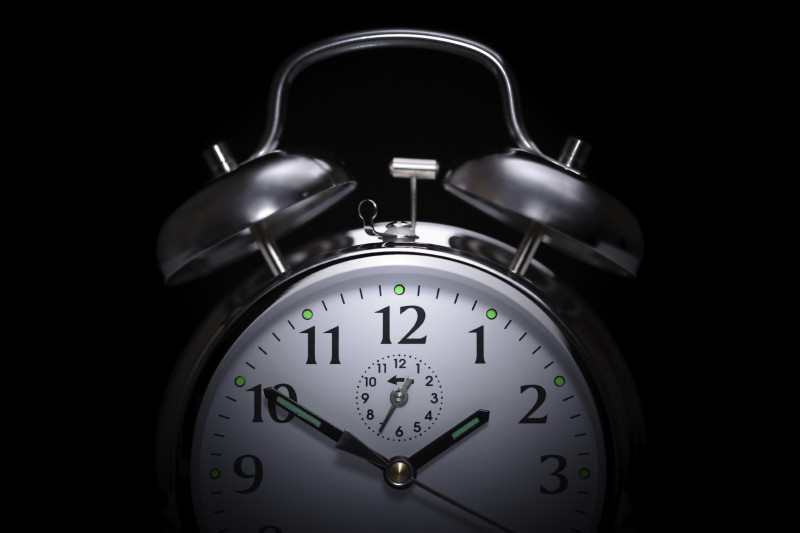And because the therapy corrects the habits and thoughts that promote insomnia, he says, it helps people retain healthy sleep habits without the need for ongoing treatment.
According to the researchers, key elements of CBT-i include:
- Cognitive therapy: Identify and replace dysfunctional beliefs and attitudes about sleep and insomnia.
- Stimulus control: Strengthen the association between bed and sleep and instead of stimulating activities. For example, going to bed only when sleepy and getting up when awake for 15-20 minutes.
- Sleep restriction: Limit time in bed to match perceived sleep duration in order to increase sleep drive and further reduce time awake in bed. Start by restricting allowed time in bed to the average time perceived as sleep per night, then adjust to reach over 85 percent sleep efficiency.
- Sleep hygiene: Avoid visual access to a clock; set and keep a regular sleep schedule and avoid long daytime naps. Limit alcohol, caffeine, and nicotine intake, especially before bed.
- Relaxation: Practice any technique that is relaxing including meditation, mindfulness, guided imagery, and breathing techniques.
The National Institutes of Health recommended the broader use of cognitive and behavioral therapies to treat chronic insomnia 10 years ago, but a gap still exists between the guidelines and clinical practice, partly due to a lack of qualified therapists.
Individual studies show that cognitive behavioral therapy works for chronic insomnia. But it’s tough to draw general conclusions from studies conducted in different countries by different health care professionals using slightly different treatments. Cunnington and his colleagues applied statistical methods to control for these differences in a meta-analysis of 20 published studies to provide a clearer picture of the true effect of treatments, and perhaps boost uptake of evidence-based guidelines.
The studies used a combination of sleep diaries and polysomnography (a diagnostic machine that monitors brain and physiological activity during sleep) to assess patients’ sleep patterns. Overall, they showed that patients who underwent a short course of cognitive behavioral therapy – at least four face-to-face sessions -- fell sleep about 20 minutes faster and stayed awake about half an hour less throughout the night. Patients maintained these improvements after the treatments ended.
The findings support the “already strong evidence” that CBT-i is an effective treatment for chronic insomnia, notes Charles Morin, a sleep disorders expert who was not involved in the study, in an accompanying editorial.
Yet despite “robust scientific evidence” and “strong professional endorsements” of cognitive behavioral therapy’s value in treating chronic insomnia, Morin wrote, “a major gap exists between the current state of the science and actual clinical practice.”
Morin, who heads the Center for the Study of Sleep Disorders at Laval University in Quebec, acknowledged that CBT-i requires more time and effort for both clinician and patient than taking a pill. “Although we lack an easy-to-swallow ‘CBT pill’ for insomnia, the reality is that drug therapy alone does not address the underlying psychological and behavioral factors that perpetuate insomnia.”
Untreated insomnia can cause long-term health problems, including major depression and hypertension, though more research is needed to evaluate whether improved sleep alters the risk of later health problems.
What’s clear is that CBT-i can help patients regain control over their sleep and quality of life.
Over the past few months, Cunnington has been treating a 25-year-old veterinary surgeon whose sleep deteriorated as she worked long hours, often on-call, throughout the past year. She rearranged her schedule but it didn’t help. Her increasing anxiety about sleep soon bled into other aspects of her life until she found herself having panic attacks.
“She came to me after being so distressed one night that she called an ambulance to take her to the ER to just get ‘something to sleep,’ ” Cunnington recalls. “We’ve used CBT-i with her over the last few months, and she’s now back at work, feeling and sleeping reasonably well. She’s getting on with life.”
